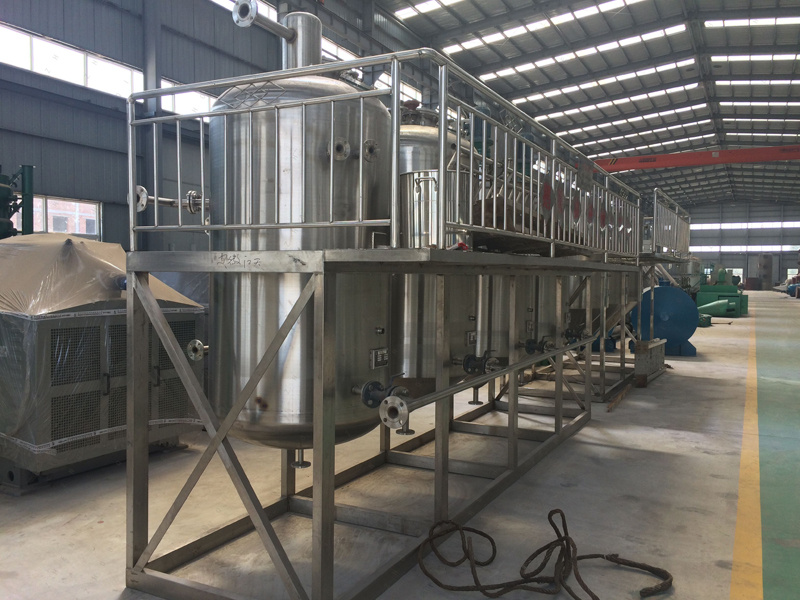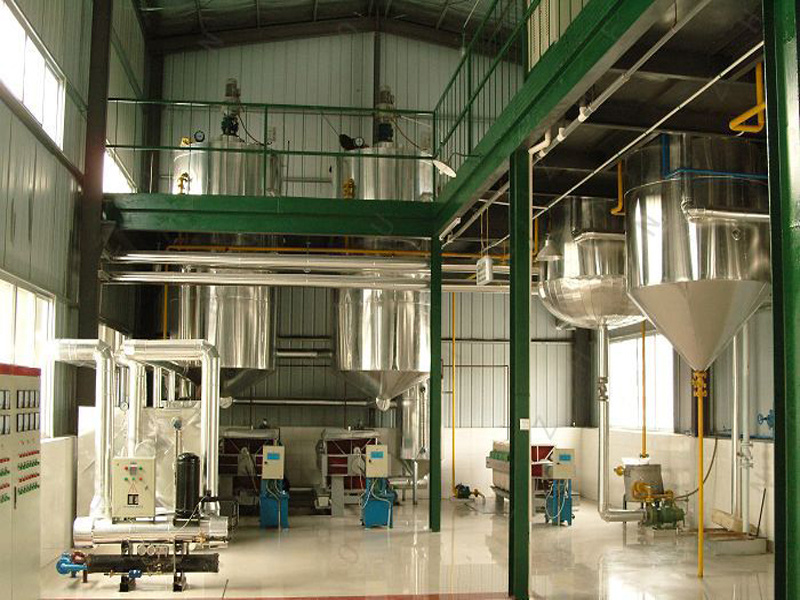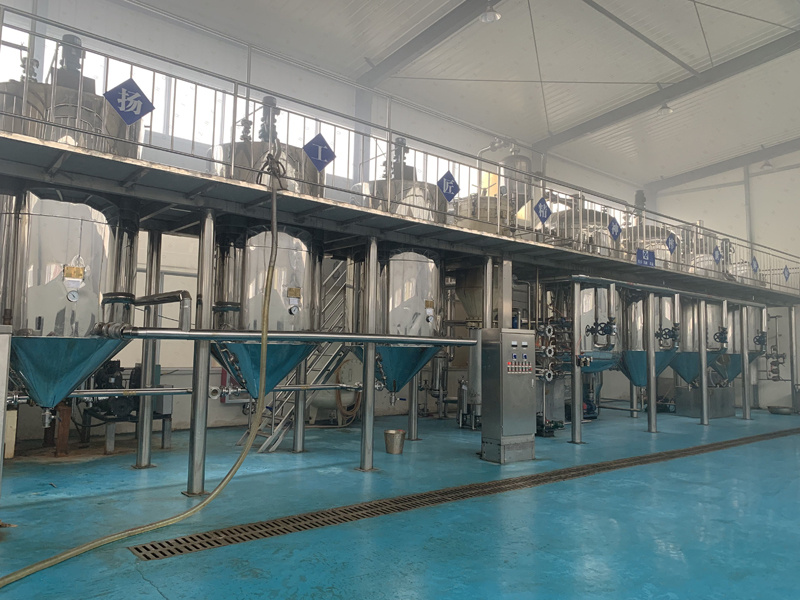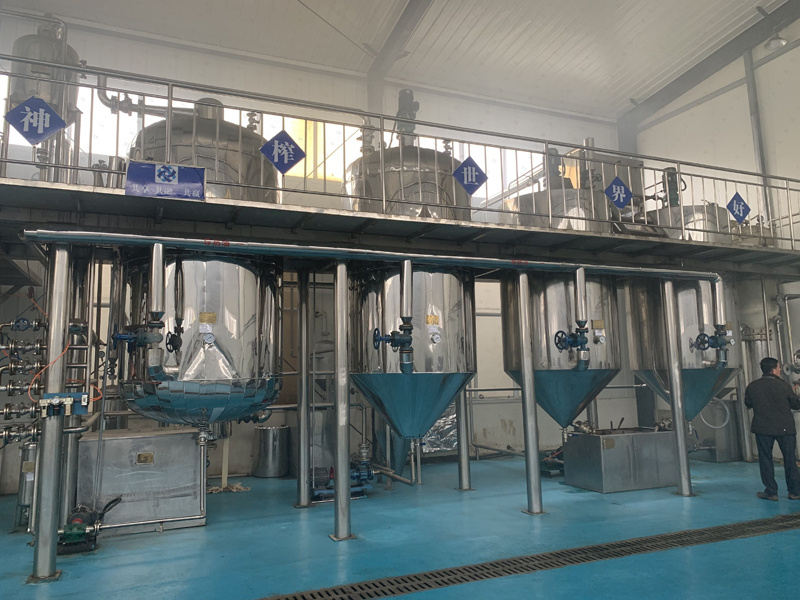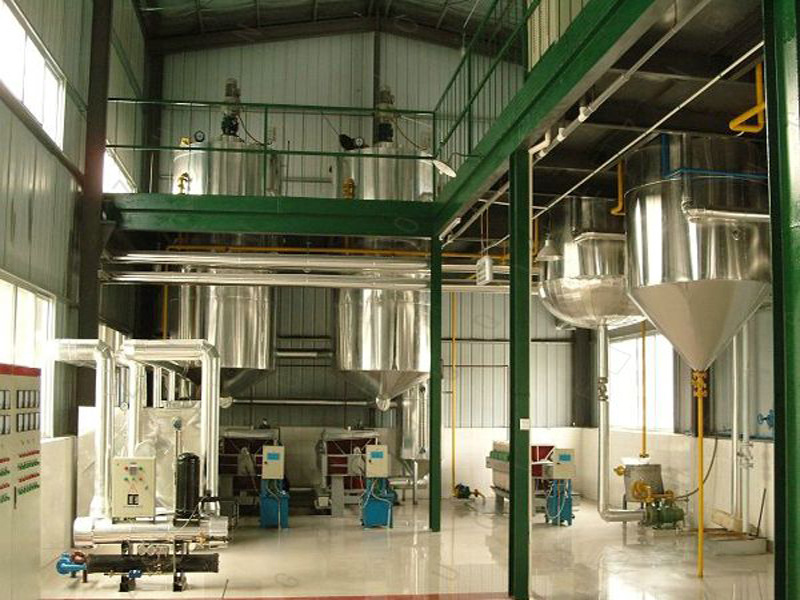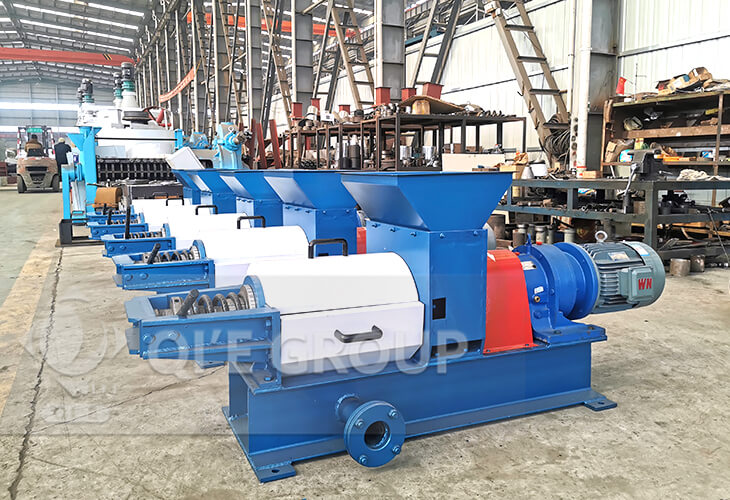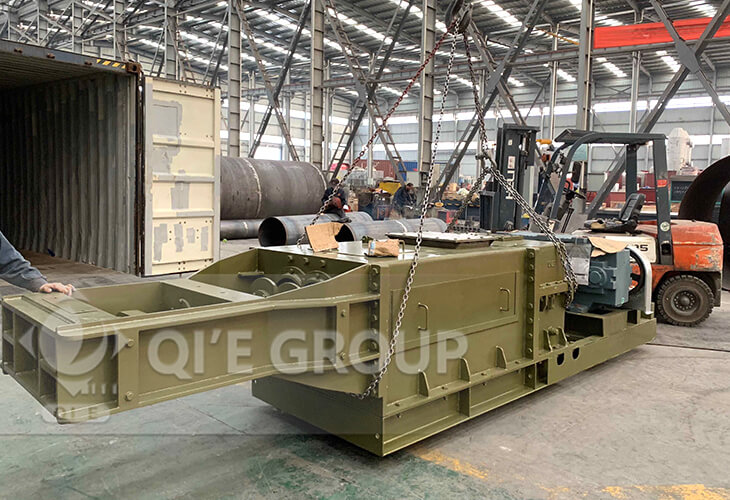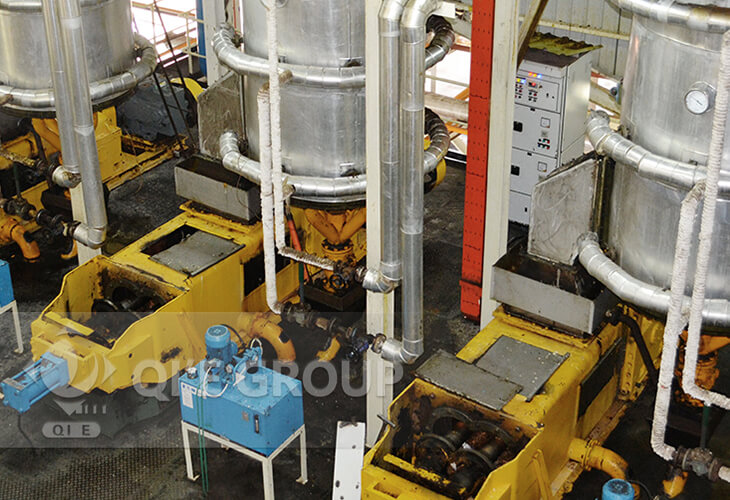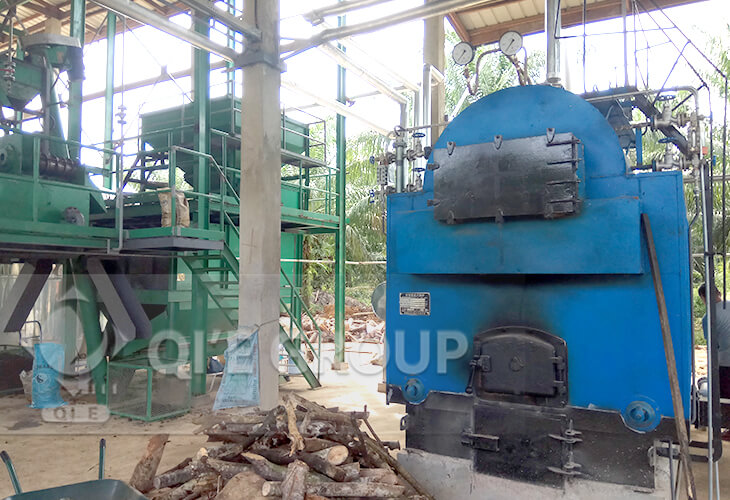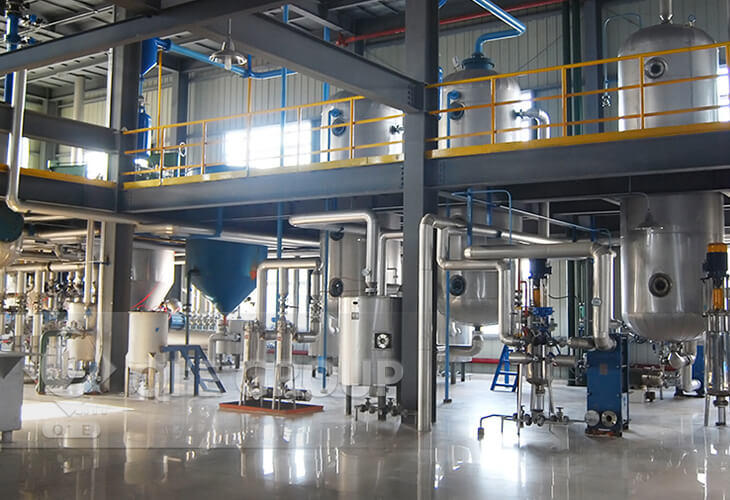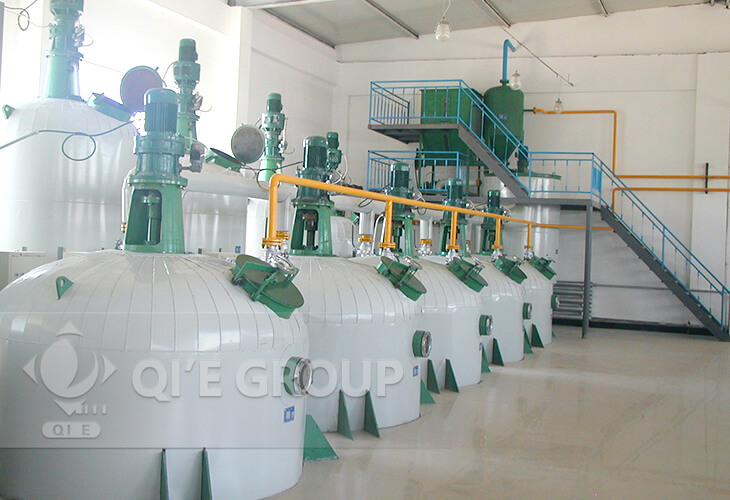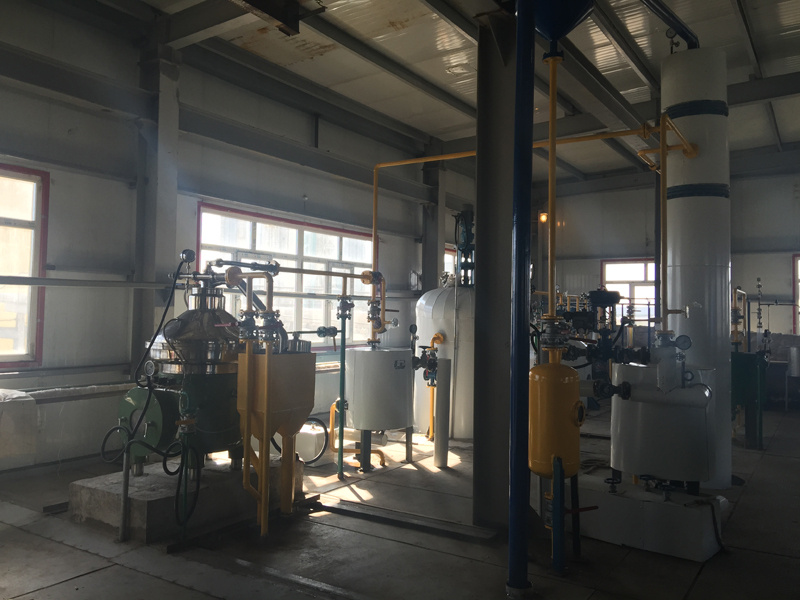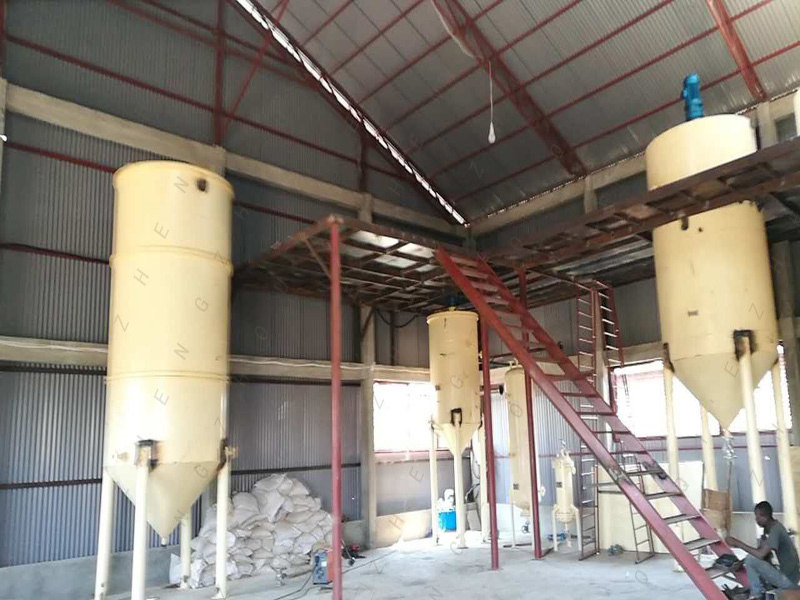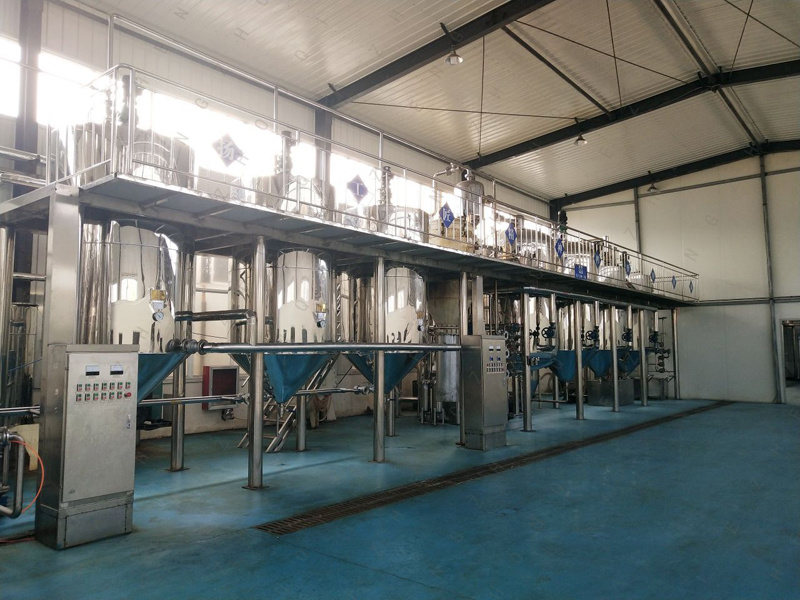Crude Palm Oil Refining Machine Manufacturer For High Quality Edible Oil
- Usage: palm oil processing machine
- Type: palm oil processing machine
- Automatic Grade: Automatic
- Production Capacity: 1-30T/H palm oil processing machine
- Model Number: palm oil processing machine
Crude Palm Oil Refining Machine Manufacturer For High Quality Edible Oil Description
Specifications
1.oil palm machine
2.vegetable oil cold press machine
3.High oil rate, Low waste
4.40 experience
5.ISO&CE
oil palm machine for RPD production with CE ISO9001 BV China supplier three steps to get first grade vegetable oil
1.pretreatment
2.solvent extraction
4,refinery
1.Preteatment
pretreatment aims to clean the rice bran and ajust the temperature and moisture and take expansion to make it at the best condition to extract the oil.
process flow: rice bran → cleanning →tempering →puffing →drying →extraction Cleaning: Temperature 65-75″C
Moisture 10-12%
Puffing:raw materials must be continuous
temperature:104-130″C
moisture:15-17%
moisture when out of puffing machine could be down to 14%
Drying and cooling: moisture 7-9%
temperature 50-55″C
2.Extraction
we use proven way,the solvent extraction method to remove the oil from the flakes.
we add solvent into the flakes let them mixed for enought time.the vegetable oil will dissolve into the solvent.then we get mixed oil which contains both oil and solvent together and wet meal which contails solvent too. for energy saving purpose we will recycle use the solvent in the mixed oil and wet meals.for mixed oil,after the two times evaporation and gas stripping,the solvent will evaporate completely.and after desolventizing,the solvent from the wet meal would also be separated too. then the solvent steam would be condensed for recycle use.
the advantages of solvent extraction compared to the pressing way is 1.the oil yield is high,low oil waste. the residure could be less than 1%.
2.the oil purity is high, little harm matters
products of solvent extraction is product meal and crude oil.
the product oil could be selled to factories and other farmers for animal feed
the crude oil could be used for further refinery or for sale.
3.Refinery
process :deguming——-deacidification——-filtration——deodorization—-dewaxing—-product oil
the deacidification is very important for vegetable oil refining.
it usally is chemical way or physical way.
Comparison :
chemical way deacidification:
Add in a certain concentration of NAOH which will neutralize the FFA. The FFA will subside in the way of soapstock. some impurities will also centrifugal separated with the soapstock. The advantage of chemical way is deacidification thoroughly and the quality of the oil is stable. The disadvantage is oil loss. The FFA content is higher; the oil loss is bigger.
Physical deacidification:
it is in the vacuum condition, let the steam bring out FFA,unsaponifiables, odorants. In this process, No soapstaock produced, and the quality of FFA is high, some heat sensitive pigment like carotene and odorants will be removed too. The operation is easy and the quantity is large. Also the oil loss is small and no environmentalpollution. Compared to the chemical way, it has its disadvantages too, for physical way refining, the pretreatment of the crude oil is strict, it is not suitable for cotton seed oil which is heat sensitive. And in the high temperature, the oil will produce polymer. The physical way refining is only suitable for good quality crude oil deacidification and it requires strict pretreatment sometimes even decoloration of the crude oil.
Process of deacidification:
1. Neutralization:
In neutralization which means deacidification process, the oil at a proper temperature is added in proper concertration of lye, goes into centrifugal mixer. For best mixing, the mixture is sent into neutralization tank and stay for enough time. During this period, the lye will neutralize the FFA, form soapstock and are separated in neutralization separator. The formed soap stock also can absorb other impurities and pigments. To separate the oil and soapstock more easily, the mixture would be heated, to reduce the viscosity.
2.Washing:
The neutralized oil from the neutralization separator, still contain about 500ppm soap. to reduce the soap content, the oil would be added into about 15% hot water and to wash in the washing mixer. The hot water will absorb the soap and other impurities, then are separated in the washing separator
3.Vacuum-drying and dewatering
The oil from the washing separator still contains some water which is harm to oil stability. To remove this part water, the oil at a temperature of 110-120”C, are sent into Vacuum drying tower to dry the water. After this the oil will be pumped into decoloration process.
Process of decoloration
decoloration aims to remove the pigment and The residual soap etc. it includes:
1.decoloration
The oil firstly should be heated to 105”C.The heated oil then is sent to Vacuum bleaching tower. when the oil goes into the bleaching tower, it mixed with white clay via ratio mixer.
White clay transportation system is used to send the white clay on the ground to the storage tank on the top of bleaching tower.
The bleaching tower are divided into several floors, every floor is equipped with steam ejector which used to mix the oil and white clay. The rest soap, gum, pigment and other metal would be absorbed by the white clay too.
2.filtration
the mixed oil from bleaching tower would be pumped into the filter, and then goes into the secondary filter, here white clay and the solid impurities would be stopped, the bleached oil would be transferred to bleached oil storage for middle storage.
In this filtration system, there are 2 decolorizing filters, always one in filtering and another is emptying and cleaning. When the filter are in emptying and cleaning condition, the filter would be squeezed by steam, so most oil in the filter would be swept into bleaching oil tank, few oil mixed with waste white clay is sent into dirty oil tank. The filter cake have been dried by steam, the leftover oil and water gathered during the drying period are sent into the dirty oil tank too. Finally the dried cake on the bottom of the filter was poured into waste clay room via bleed valve by air vibrator.
The leftover oil in the dirty oil tank would be pumped into bleaching tower for reworking.
Deodorization section
The deodorizing aims to remove the FFA,small molecular substances,including 1.Gassing
The bleached oil are stored in bleached oil tank, this tank are designed to work in vacuum condition. From this tank, the bleached oil is pumped into deaerator, to release the gas into the oil. 2.Heating
The flow of the bleached oil is controlled by a controller, the oil is heated at a temperature of 250-260”c by a series of heat exchanger.
When the oil is heating in the final oil heater, here some low- boilling point FFA and volatiles would evaporate. The steam and liquid oil would go into the packing deodorizing tower from different entrances.
3 Deodorization
The heated oil would be distilled in the flashing tower, storage tank and main deodorizing tower, the FFA and smell matters would be removed aftergasification
photos of customers visiting and installation of scene.
if you interested in our oil palm machine,pls feel free to contact me.
Technical parameters of Crude Palm Oil Refining Machine Manufacturer For High Quality Edible Oil
| Voltage | 220V/380V 3 phase |
| Power(W) | 137KW |
| Dimension(L*W*H) | palm oil processing machine |
| Weight | 1300KG |
| Certification | CE&ISO&BV, ISO-9001 and CE and BV |
| After-sales Service Provided | Engineers available to service Machine overseas |
| Item | palm oil processing machine |
| Supplier type | Manufacturer |
| Manufacturing experience | 40 years |
| Processing method | cold press |
| Model type | palm oil processing machine |
| Handling capacity | 10-500 tons/24h |
| Materials | FFB/Palm fruit/palm seeds |
| Final product | Crude palm oil/red oil |
| Main market | Asia, Africa and Oceania |


